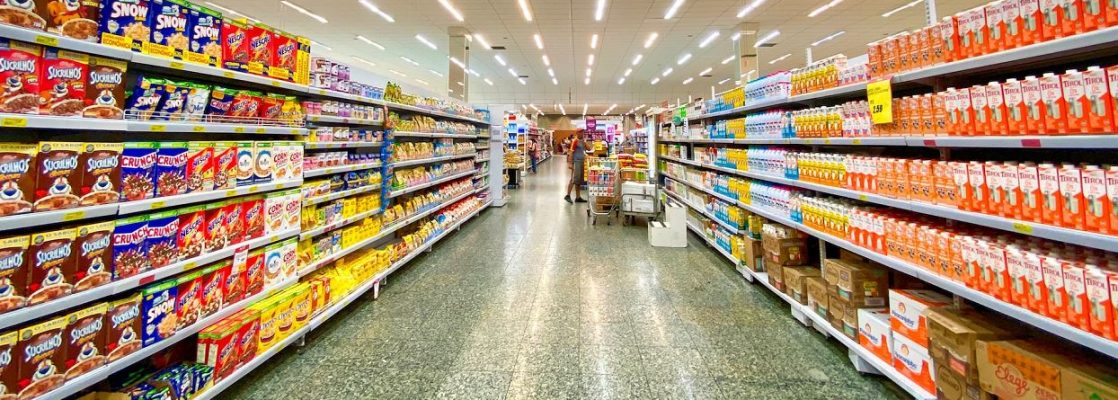
In the realm of commerce, the terms “consumer goods” and “FMCG” are often used interchangeably, leading to confusion among many. However, a closer examination reveals distinct differences between these two concepts. This article aims to shed light on the disparities, providing a comprehensive understanding of consumer goods and FMCG, their characteristics, and their significance in the market.
- Defining Consumer Goods:
Consumer goods encompass a broad range of products that are purchased for personal use or consumption. These items are typically intended for individual customers and can be categorized into durable and non-durable goods. Durable consumer goods, such as appliances and electronics, have a longer lifespan, while non-durable goods, like food and toiletries, are consumed relatively quickly. - Understanding FMCG:
FMCG, an acronym for Fast-Moving Consumer Goods, represents a specific subset within the consumer goods category. FMCG refers to products that have a high turnover rate and are sold at a relatively low cost. These goods are frequently purchased, consumed, and replenished by consumers on a regular basis. Examples of FMCG include packaged food, beverages, personal care products, and household items. - Key Distinctions:
While consumer goods and FMCG share similarities, several key distinctions set them apart:
a. Shelf Life and Consumption Frequency:
One of the primary differences lies in the shelf life and consumption frequency. Consumer goods, including both durable and non-durable goods, may have longer lifespans and lower consumption rates compared to FMCG. FMCG, on the other hand, are perishable or have short lifespans, requiring frequent replenishment due to their high consumption frequency.
b. Pricing and Profit Margins:
Consumer goods often have higher price points and profit margins compared to FMCG. This is primarily due to the durability and longevity of consumer goods, which allows for higher pricing strategies. FMCG, being low-cost items with high turnover, rely on volume sales to generate profits.
c. Marketing and Distribution Strategies:
Consumer goods and FMCG also differ in their marketing and distribution approaches. Consumer goods, especially durable goods, often involve targeted marketing campaigns and specialized distribution channels. FMCG, however, rely heavily on mass marketing techniques and widespread distribution networks to reach a larger consumer base.
- Significance in the Market:
Understanding the disparities between consumer goods and FMCG is crucial for businesses and marketers. By recognizing the unique characteristics of each category, companies can tailor their strategies accordingly. Consumer goods require a focus on product durability, quality, and customer loyalty, while FMCG demand efficient supply chains, competitive pricing, and effective brand positioning to capture market share.
Conclusion:
In conclusion, consumer goods and FMCG may seem similar at first glance, but they possess distinct characteristics that set them apart. While consumer goods encompass a broader range of products, FMCG represents a specific subset with high turnover and low-cost items. Recognizing these differences is essential for businesses aiming to thrive in the competitive market landscape. By understanding the disparities in shelf life, consumption frequency, pricing, and marketing strategies, companies can develop targeted approaches to meet the unique demands of each category.

